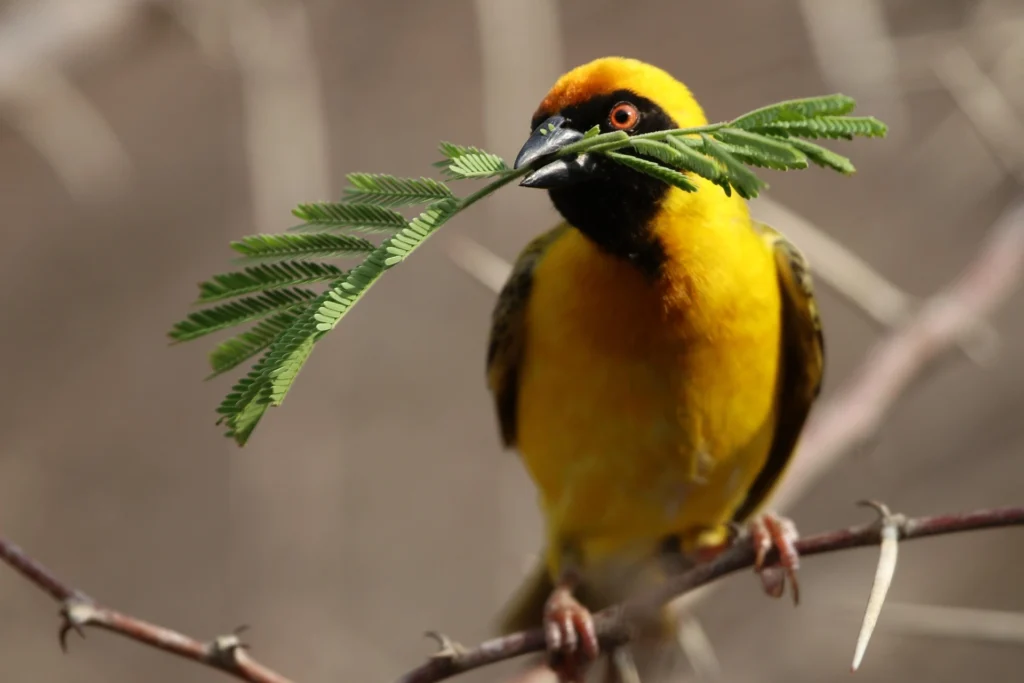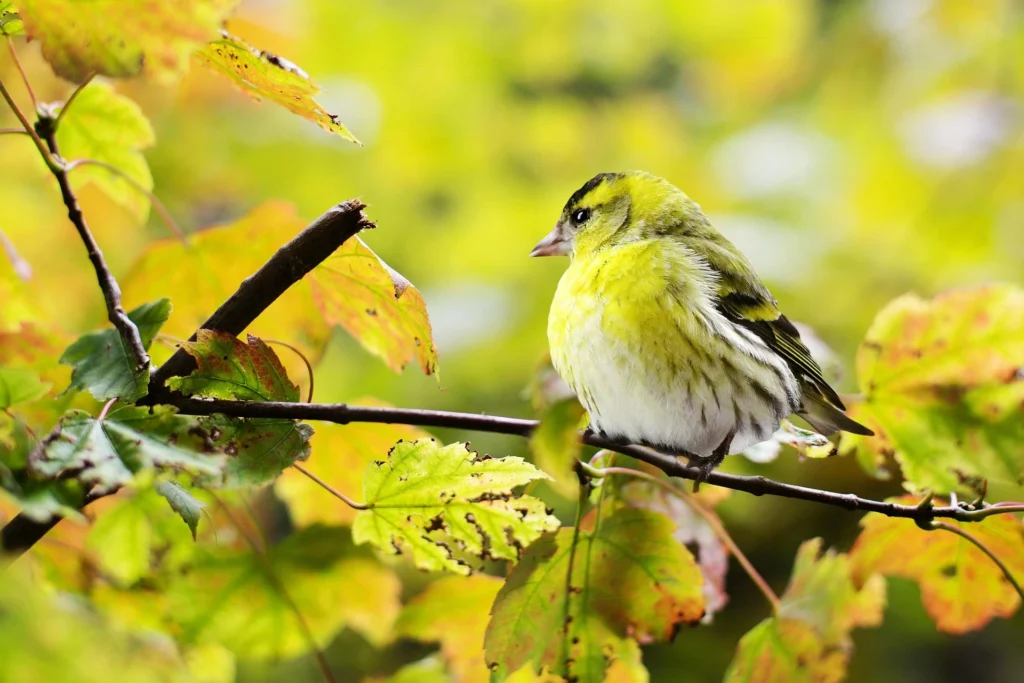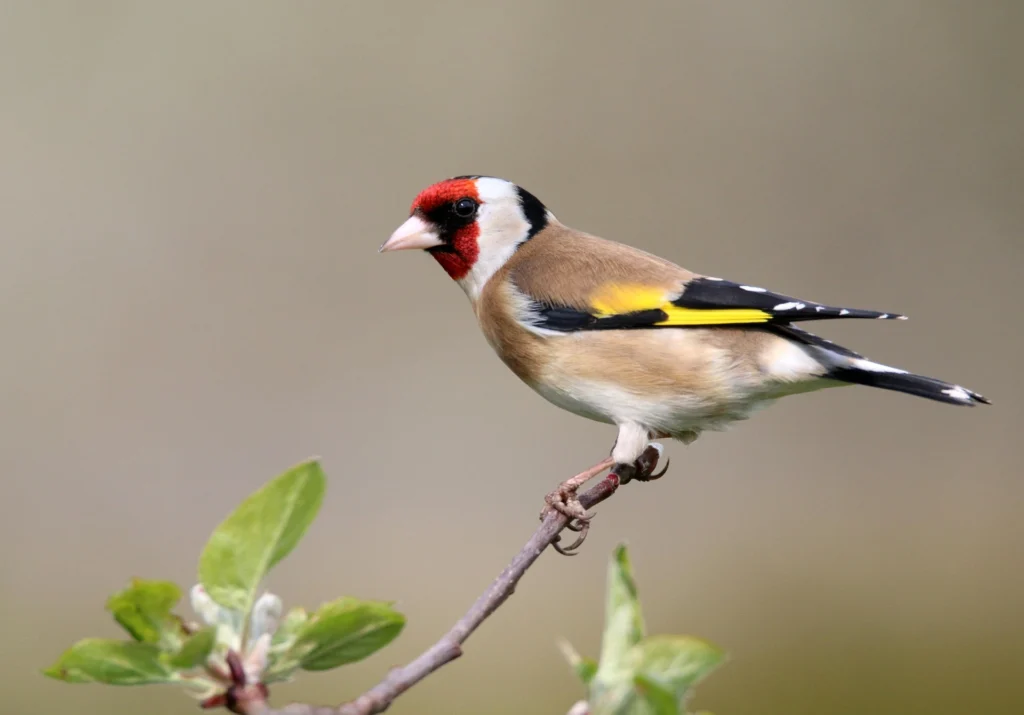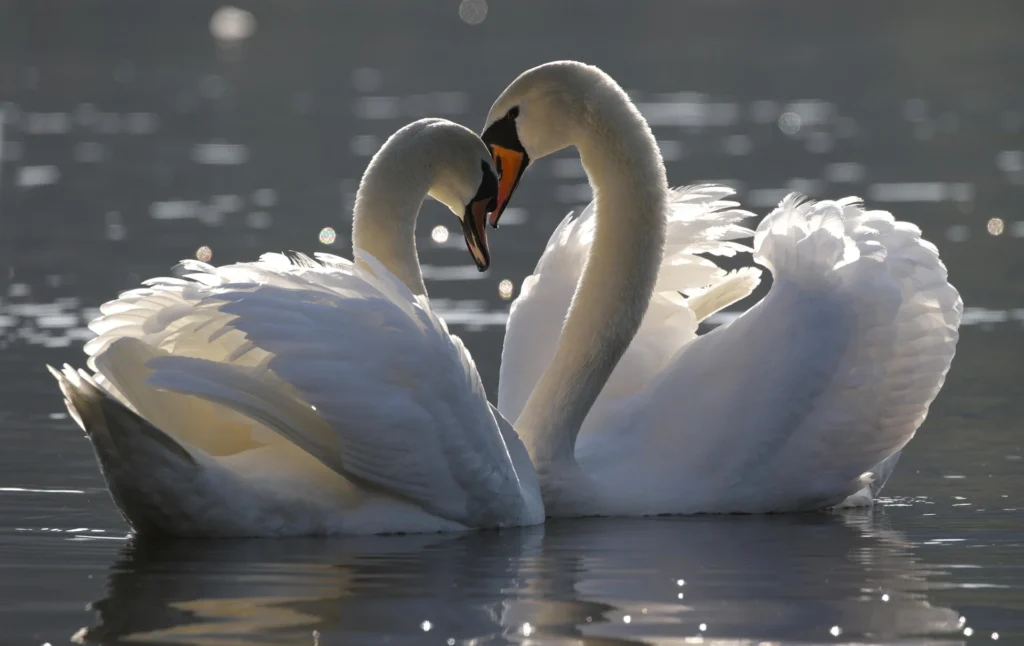Birds have long captivated people with their beauty, intelligence, and incredible abilities. Whether it’s the vibrant plumage of tropical parrots or the awe-inspiring migration of Arctic terns, birds always leave us amazed. But there’s so much more to discover. From their intricate social behaviors to their architectural prowess in nest building, birds reveal to us some of nature’s most remarkable adaptations.
This blog invites you to explore the fascinating ways birds thrive in the natural world. We’ll uncover the wonders of their biology, their role in ecosystems, the diversity of species, and their connection to humans.
What Makes Birds Unique?
Birds belong to the class Aves, a group that distinguishes itself with some extraordinary traits. These characteristics contribute to their ability to inhabit nearly every corner of the planet, from rainforests to deserts, and even the icy tundra.
Here’s a closer look at what makes birds unique:
- Feathers: Feathers serve multiple purposes, from enabling flight to providing warmth and helping some birds display dazzling colors during mating.
- Lightweight Bodies: Skeletal adaptations like hollow bones and beak structures allow birds to stay light for flight while remaining structurally strong.
- High Metabolism: Birds have rapid metabolic rates, which are essential to their energy-demanding activities, especially flight.
- Keen Senses: Many bird species boast exceptional eyesight, which is crucial for hunting, navigation, or identifying mates.
Prepare to dig even deeper as we explore their astonishing behavior and capabilities.

Master Architects of the Natural World
Birds are unrivaled when it comes to building techniques, creating impressive nests that provide safety and comfort. These structures can often teach humans a thing or two about design and functionality.
- Weaver Birds weave intricate nests from grass, carefully knotting strands together to sculpt their homes.
- Bowerbirds show off their artistic flair by constructing elaborate “bowers” decorated with colorful stones, flowers, and even bits of plastic to attract mates.
- Woodpeckers create safe havens for their young by carving homes into tree trunks, using their strong, chisel-like beaks to hollow out nesting cavities.
Each nest tells a story of adaptation and survival. Next time you spot a bird’s nest, consider the skill and effort poured into its creation.
Communication and Intelligence
Birds exhibit an array of interesting behaviors, from complex communication to aerial acrobatics. Some, like a pigeon as a pet, have been trained for centuries for homing and message delivery.
Birds are not only resourceful but also surprisingly intelligent. Their communication methods and problem-solving abilities are impressive.
Vocal Communication
Birdsong is synonymous with peaceful mornings, but it serves a greater purpose. Birds sing to:
- Establish territory
- Attract mates during breeding seasons
- Signal danger to their flock
Species such as mockingbirds and lyrebirds take vocal mimicry to astounding levels, imitating the sounds of other birds, animals, and even machines.
Problem Solving
Certain species display problem-solving skills similar to a Marmoset Monkey as a pet, showing remarkable intelligence in using tools and solving puzzles.
- Crows have been observed crafting hooks from twigs to extract insects from crevices.
- Parrots, such as African Grey parrots, can learn extensive vocabularies and even apply context to words, much like small children.
The Marvel of Bird Migration
Perhaps the most fascinating aspect of birds is their ability to migrate thousands of miles. Imagine flying across entire continents, navigating oceans, and battling extreme weather conditions—all without a map! Birds are guided by internal compasses, celestial navigation, and olfactory cues.
Remarkable Migratory Journeys
- Arctic Terns hold the record for the longest migration, traveling roughly 70,000 kilometers annually between the Arctic and Antarctic!
- Bar-Tailed Godwits can fly nonstop over 7,000 miles without rest, an almost unimaginable feat for any species.
- Ruby-Throated Hummingbirds, despite their tiny size, cross the Gulf of Mexico in a single flight, proving that size is no obstacle for determination.
These epic journeys are as much a test of endurance as they are a reminder of what nature can accomplish.
Birds and Their Ecosystem Roles
Beyond their fascinating behaviors and adaptations, birds perform critical roles in ecosystems. Without them, the balance of the natural world would be disrupted.
- Seed Dispersers: Species like fruit-eating toucans help spread the seeds of plants, supporting forest regeneration.
- Pest Control: Birds such as barn owls and bluebirds keep pest populations in check by feeding on rodents or insects.
- Pollinators: Hummingbirds, honeycreepers, and sunbirds assist in pollination as they extract nectar from flowers.
With their varied ecological roles, birds play a pivotal part in maintaining the health of our planet.
Birds and Humans
Birds also form strong bonds with their owners, much like a Dogs, which is known for its affectionate nature and loyalty. Birds don’t just enrich nature; they hold significant emotional and cultural value for humans. From ancient myths to modern birdwatching hobbies, birds inspire creativity, joy, and connection.
Inspiration in Human Culture
- Birds like doves symbolize peace and harmony in many cultures.
- Artists and poets have long shared their awe for birds, from Leonardo da Vinci’s sketches of flight to Emily Dickinson’s musings on nature’s feathered creatures.
- They also inspire technology. After all, the Wright brothers closely studied bird flight before designing their infamous plane.
A Worrying Trend
However, this relationship is one we must nurture with care. Habitat loss, climate change, and deforestation threaten bird populations. Studies show that since 1970, North America has lost nearly 3 billion birds—a staggering 29% decrease.

How You Can Help
Protecting birds requires our collective effort. Here’s how you can make a difference today:
- Plant native trees and shrubs to create safe habitats.
- Install feeders and birdhouses in your outdoor spaces.
- Choose shade-grown coffee, which ensures habitats for migratory birds.
- Support conservation organizations working to protect bird populations globally.
Every small action contributes to a bigger movement.
Birds Remind Us of Nature’s Wonders
Birds, with their dazzling diversity, remarkable skills, and ecological importance, are proof of nature’s wonders. Whether it’s listening to the symphony of a dawn chorus or marveling at the ingenuity of a hummingbird’s flight, birds teach us to pause, reflect, and appreciate life’s beauty.
If this guide has inspired you to learn more, consider joining your local birdwatching group or finding ways to actively conserve bird habitats. Our feathered friends need us just as much as we need them.
Conclusion: The Wonder and Importance of Birds
In conclusion, birds are truly remarkable creatures that captivate our imaginations and teach us so much about the world we live in. From their diverse vocal communication to their impressive problem-solving abilities, birds continue to amaze us with their unique characteristics. Their incredible migratory journeys showcase their determination and resilience in the face of challenging obstacles. But most importantly, birds play crucial roles in our ecosystems as pollinators, seed dispersers, and pest controllers. It is our responsibility to protect and conserve these magnificent creatures for future generations to appreciate and learn from. So let’s continue to marvel at the wonders of birds and take action to ensure their survival for years to come! The end? No way! This is just the beginning of our journey exploring the fascinating world of birds. As we continue learning about these feathered friends, let’s also spread awareness and appreciation for their incredible abilities and contributions to our planet. Together, we can make a difference in protecting these amazing creatures and the ecosystems they call home. Keep exploring, keep learning, and keep celebrating the wonder of birds! But wait, there’s more! If you’re interested in furthering your knowledge on birds, check out some of these additional resources:
- Books: “The Genius of Birds” by Jennifer Ackerman; “What It’s Like to Be a Bird: From Flying to Nesting, Eating to Singing–What Birds Are Doing, and Why” by David Allen Sibley
- Documentaries: “Birds of Paradise: The Ultimate Quest” (National Geographic); “Winged Migration” (Sony Pictures Classics)
- Online Resources: Cornell Lab of Ornithology; Audubon Society; National Geographic Birds
Remember, the more we learn about birds, the better equipped we are to protect and appreciate them. Happy birdwatching! End of Document. Keep Exploring and Learning About Birds!
check out some of these additional resources:
- Books: “The Genius of Birds” by Jennifer Ackerman; “What It’s Like to Be a Bird: From Flying to Nesting, Eating to Singing–What Birds Are Doing, and Why” by David Allen Sibley
- Documentaries: “Birds of Paradise: The Ultimate Quest” (National Geographic); “Winged Migration” (Sony Pictures Classics)
- Online Resources: Cornell Lab of Ornithology; Audubon Society; National Geographic Birds
Remember, the more we learn about birds, the better equipped we are to protect and appreciate them. Happy birdwatching! End of Document. Keep Exploring and Learning About Birds!
- Join a local birdwatching group to connect with other enthusiasts and learn more about specific species in your area.
- Volunteer for habitat restoration projects to directly contribute to creating safe spaces for birds to thrive.


